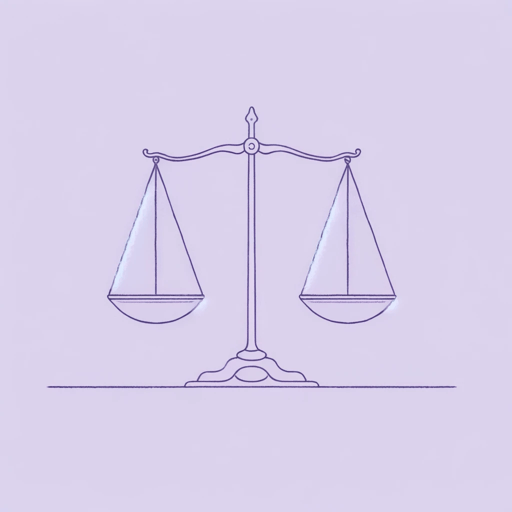27 pages • 54 minutes read
Langston HughesLet America Be America Again
Fiction | Poem | Adult | Published in 1936A modern alternative to SparkNotes and CliffsNotes, SuperSummary offers high-quality Study Guides with detailed chapter summaries and analysis of major themes, characters, and more.
Background
Authorial Context: Langston Hughes
In one of his earliest and best-known poems, “The Negro Speaks of Rivers” (1921), Hughes uses two of the techniques that he would later employ in “Let America Be America Again.” The “I” of the poem identifies with a wide range of people of different races and experiences, and in presenting this, Hughes also employs the technique of anaphora (repetition of the same word or words at the beginning of a line) to structure the poem. The speaker’s soul stretches far back in time and place:
I bathed in the Euphrates when dawns were young.
I built my hut near the Congo and it lulled me to sleep.
I looked upon the Nile and raised the pyramids above it.
I heard the singing of the Mississippi when Abe Lincoln went down to
New Orleans, and I’ve
seen its muddy bosom turn all golden in the sunset (Lines 4-8).
Hughes was inspired to write that poem when he was riding on a train as it crossed a bridge over the Mississippi. The description of the muddy river becoming beautiful in the sunset hints at the love of America that is apparent in “Let America Be America Again,” and the reference to the iconic figure of Abraham Lincoln suggests an appreciation of America’s highest ideals, as is also shown in the later poem.
Related Titles
By Langston Hughes

Children’s Rhymes
Langston Hughes

Cora Unashamed
Langston Hughes

Dreams
Langston Hughes

Harlem
Langston Hughes

I look at the world
Langston Hughes

I, Too
Langston Hughes

Me and the Mule
Langston Hughes

Mother to Son
Langston Hughes

Mulatto
Langston Hughes

Mule Bone: A Comedy of Negro Life
Langston Hughes, Zora Neale Hurston

Not Without Laughter
Langston Hughes

Slave on the Block
Langston Hughes

Thank You, M'am
Langston Hughes

The Big Sea
Langston Hughes

Theme for English B
Langston Hughes

The Negro Artist and the Racial Mountain
Langston Hughes

The Negro Speaks of Rivers
Langston Hughes

The Ways of White Folks
Langston Hughes

The Weary Blues
Langston Hughes

Tired
Langston Hughes

